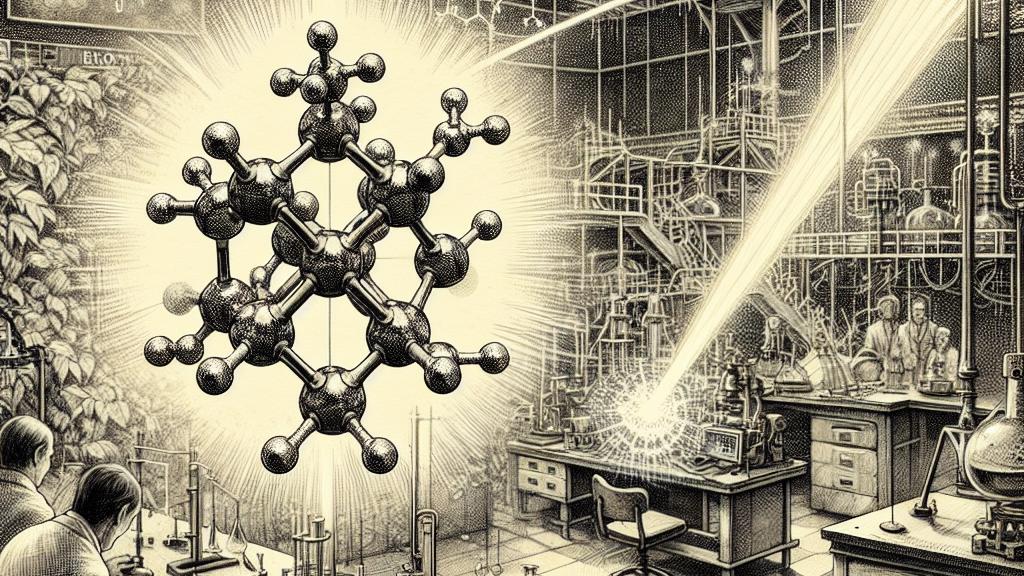Discovering the Secrets of Sulfur Hexafluoride Using X-Ray Technology
Overview
- Groundbreaking research has finally unlocked the long-baffling mystery of sulfur hexafluoride (SF6).
- Using pioneering X-ray techniques, scientists have exposed critical details about the molecule’s dissociation dynamics.
- These findings are not just academically interesting; they hold immense importance for environmental sustainability and technological advancements.

The Breakthrough Discovery
In a remarkable turn of events in February 2025, scientists at Tohoku University in Japan made waves in the field of molecular science. They tackled the age-old mystery surrounding sulfur hexafluoride (SF6), a compound vital for electric power systems. What makes this discovery truly exciting is that it resolved a scientific riddle that had haunted researchers since 1978! By leveraging sophisticated synchrotron X-ray technology, they bombarded SF6 with high-energy photons, revealing complex interactions that dictate how this molecule dissociates. This groundbreaking study not only clarifies long-standing uncertainties but also paves the way for future exploration in molecular dynamics.
Understanding Sulfur Hexafluoride
So, what is sulfur hexafluoride, and why should we care? SF6 is a fascinating gas—both colorless and odorless—that packs a punch in the electric power industry. Consider this: SF6 is approximately 23,500 times more effective at capturing heat in the atmosphere than carbon dioxide! While it's brilliant for insulating high-voltage equipment and is used extensively in circuit breakers, the alarming truth is that it’s also one of the most potent greenhouse gases. Recognizing its global warming potential means understanding its behavior under different conditions—especially those explored in the recent X-ray study. With the stakes so high, it’s imperative to stay informed about sulfur hexafluoride.
A Closer Look at the New Findings
The findings from the study are nothing short of revolutionary. During the experiments, researchers documented how SF6 molecules reacted to high-energy X-ray bombardment in real-time. The result? A series of stunning transformations leading to the creation of neutral sulfur atoms, while electrons were brilliantly emitted from the structure! What’s even more surprising is the role of fluorine. Despite being the most electronegative atom, it surprisingly helps stabilize the sulfur atom's electron density during these dissociative reactions. Such interactions highlight the intricacies of chemical dynamics, and these insights are invaluable for scientists seeking to understand similar interactions in other complex molecules.
Implications for Science and Technology
Beyond just resolving an academic mystery, this research carries profound implications for our planet's future. Understanding the dissociation dynamics of SF6 can lead to groundbreaking improvements in environmental practices. For instance, consider the potential redesign of modern circuit breakers and gas-insulated switchgear employing knowledge gleaned from this study. This could significantly reduce emissions and enhance efficiency in the electric power sector. As we face the urgent challenge of climate change, such innovative research offers a beacon of hope, presenting us with actionable pathways to develop sustainable technologies and mitigate the destructive effects of greenhouse gases on our environment.

Loading...